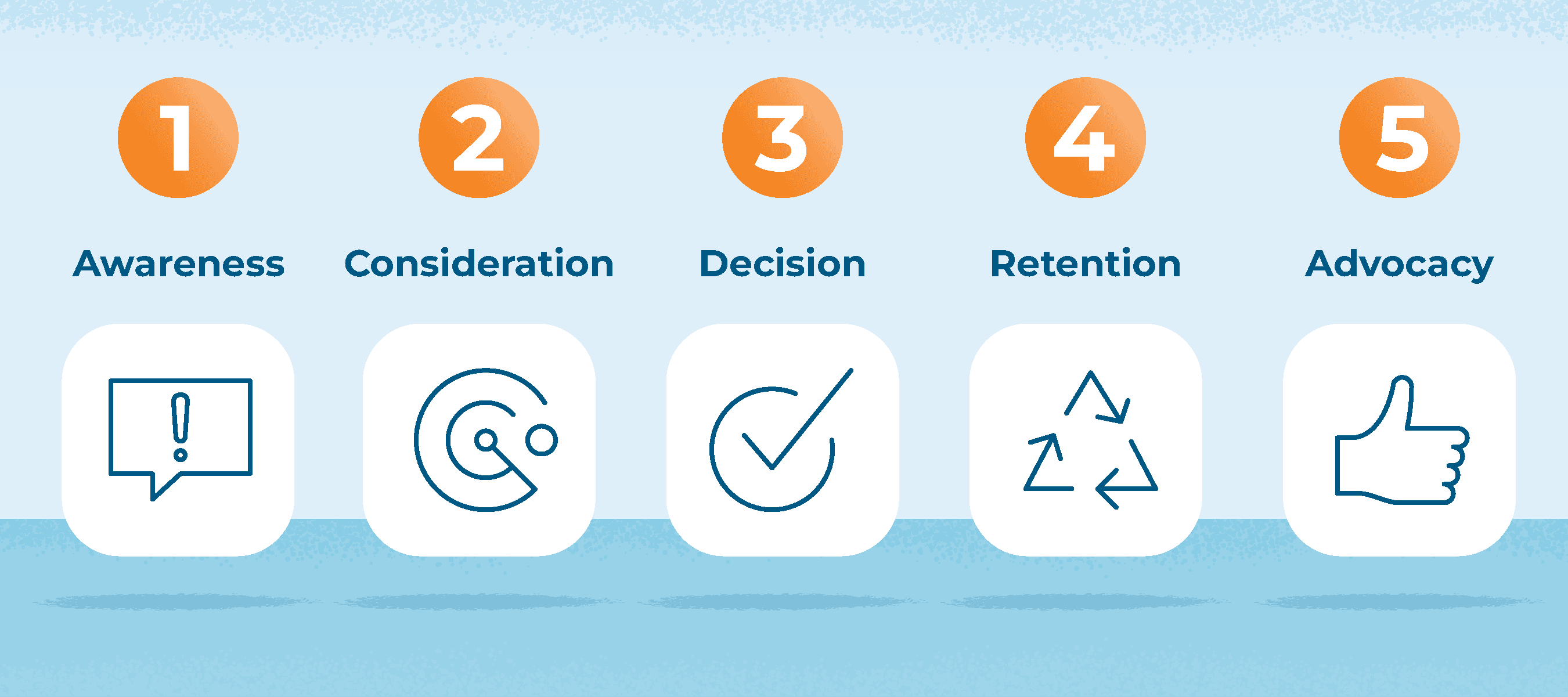It is important to understand the importance of conversational commerce and the important role that it has played in terms of recreating the experience that you get in a typical store. The main difference is that it has become more difficult to leave the comfort zone in terms of achieving business goals quicker by taking care of the customers. Thus, through conversational commerce, it has become possible to achieve all of the business goals much quicker than ever before.
Now let’s look at understanding the fundamentals of Conversational Commerce
What is Conversational Commerce
It can simply be defined as chat commerce or conversational marketing as a method for online retailers to unleash the true potential of conversations in selling products and services. The conversational experience is usually delivered to a potential customer via the help of a chat app, chatbot, voice assistant, or with the help of a simple messaging platform. The main aim of customer communication is to provide personalized, helpful, and incredible messaging that helps the consumer move faster through the sales funnel as it will definitely serve its purpose.
How Does Conversational Commerce Really Work?
Conversational commerce gives eCommerce the chance to connect with customers at every step of the way for the customer journey. The customer journey map can be easily divided into five stages which are awareness, advocacy, loyalty, retention, decision, and consideration. By using the right set of conversational tools and tactics it is possible to connect with customers at every stage of the journey by improving the commerce experience, and turning it into a long-lasting relationship.
Also Read: Conversational Commerce: Types, Importance, Ways to Integrate
Here are some of the different stages of the customer journey map which are:

-
Awareness
With conversational messaging, it is possible to gain an ace in employing the right tools to connect with customers who have begun their journey and would be interested in your products/services.
-
Consideration
During this stage of the cycle, it is important to use the power of conversation in providing customers with details to help you get to know the customer better.
-
Decision
The decision-making process is the moment when the customer is ready to make the purchase, and it is up to the business or organization in assuring the customer into making the right decision. It is important to keep the conversation going to strengthen the decision-making process of the customer.
-
Retention
It is more important to retain an existing customer than it is to acquire new customers, as maintaining good relationships with your customer is increasingly vital.
-
Advocacy
It is the last step of the customer journey and is also equally the hardest. In this step, the customer becomes a brand ambassador or advocate and thoroughly recommends products or services to their friends and family. It is possible to keep strengthening your relationship with testimonials or product reviews by making them feel a part of the team.
How Conversational Commerce Lets Brands Sell More
A vast majority of brands use live chat or in-app messaging interfaces to successfully connect representatives with the customers by addressing traditional customer service functions. It also gives an opportunity to up-sell or cross-sell to customers.
It doesn’t really leverage greater access to consumer requests as much as messaging has to offer, focusing on support and ignoring the path towards purchase requires you to have existing customer relationships or subscriptions. By closing off a vast majority of opportunities, conversational commerce will additionally help you generate greater revenue.
The best use case for conversational AI lies in talking to consumers, learning more about them and personalizing experiences through recommendations, and further encouraging them to take more positive actions.
How Conversational Commerce Impacts Shoppers
People go through different stages in the shopping process before ultimately deciding on whether or not they want to make a purchase. Here are the five distinct steps within the customer purchase journey:
- Need for recognition: Most important step of the buying process, as every sale begins when customers become aware of a particular product or service.
- Search for information: In this stage, customers are on the lookout for their options.
- Evaluation of alternatives: The stage when customers want to find certain comparative options while making the best choice for their money.
- Purchasing decision: The buying behavior turns into the action stage as this is the ideal time when the customer is looking to buy.
- Post-purchase evaluation: Consumers always consider whether the purchase they made was worth it and whether they would recommend it to their friends and family members, and what feedback they would give out.
Thus, this was a beginner’s guide to understanding conversational commerce. For a real-life example of how seamless and intuitive digital payments have become, check out Route Mobile’s Payment as a Service today and improve your overall conversion rate in a matter of seconds!

